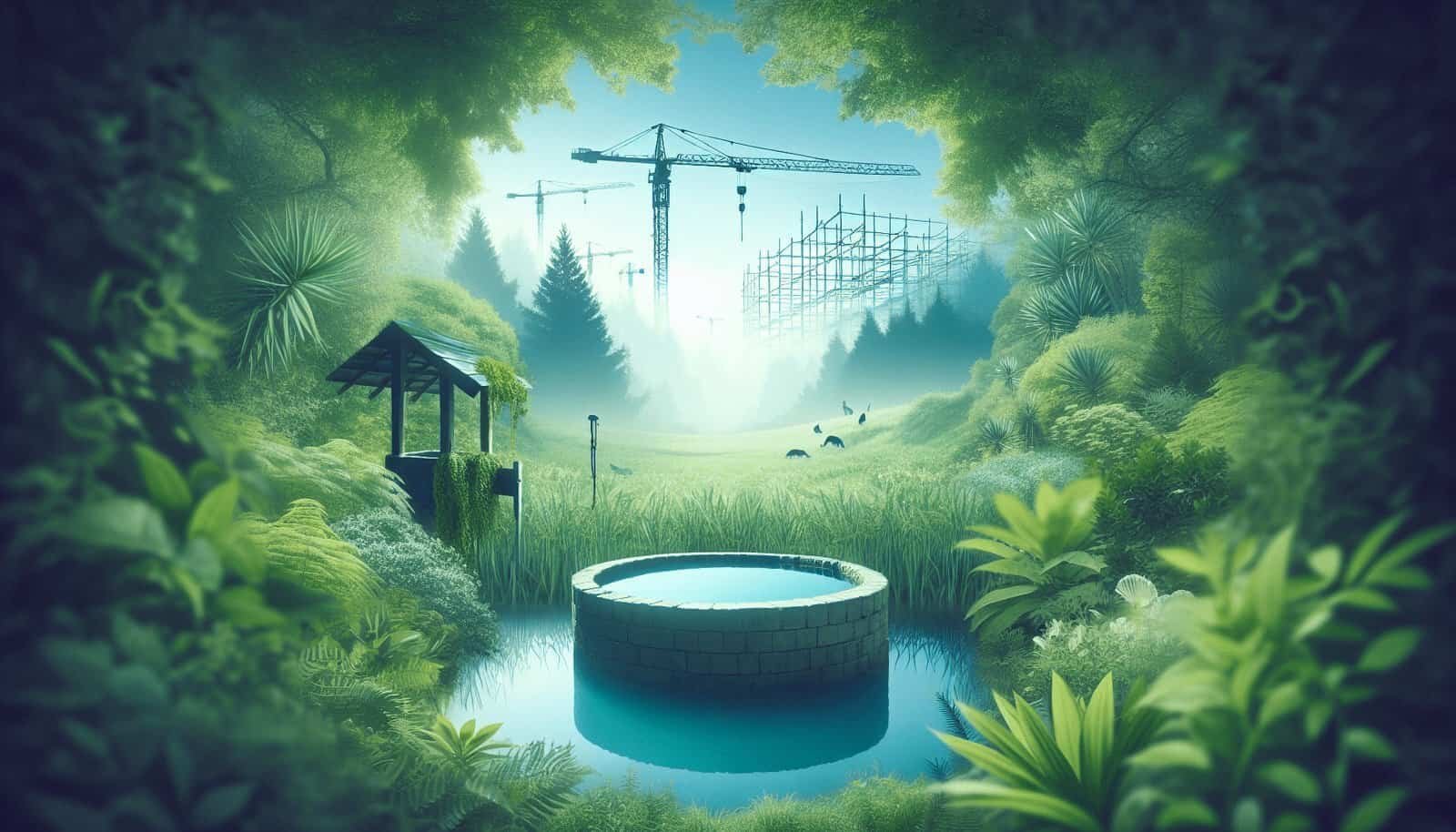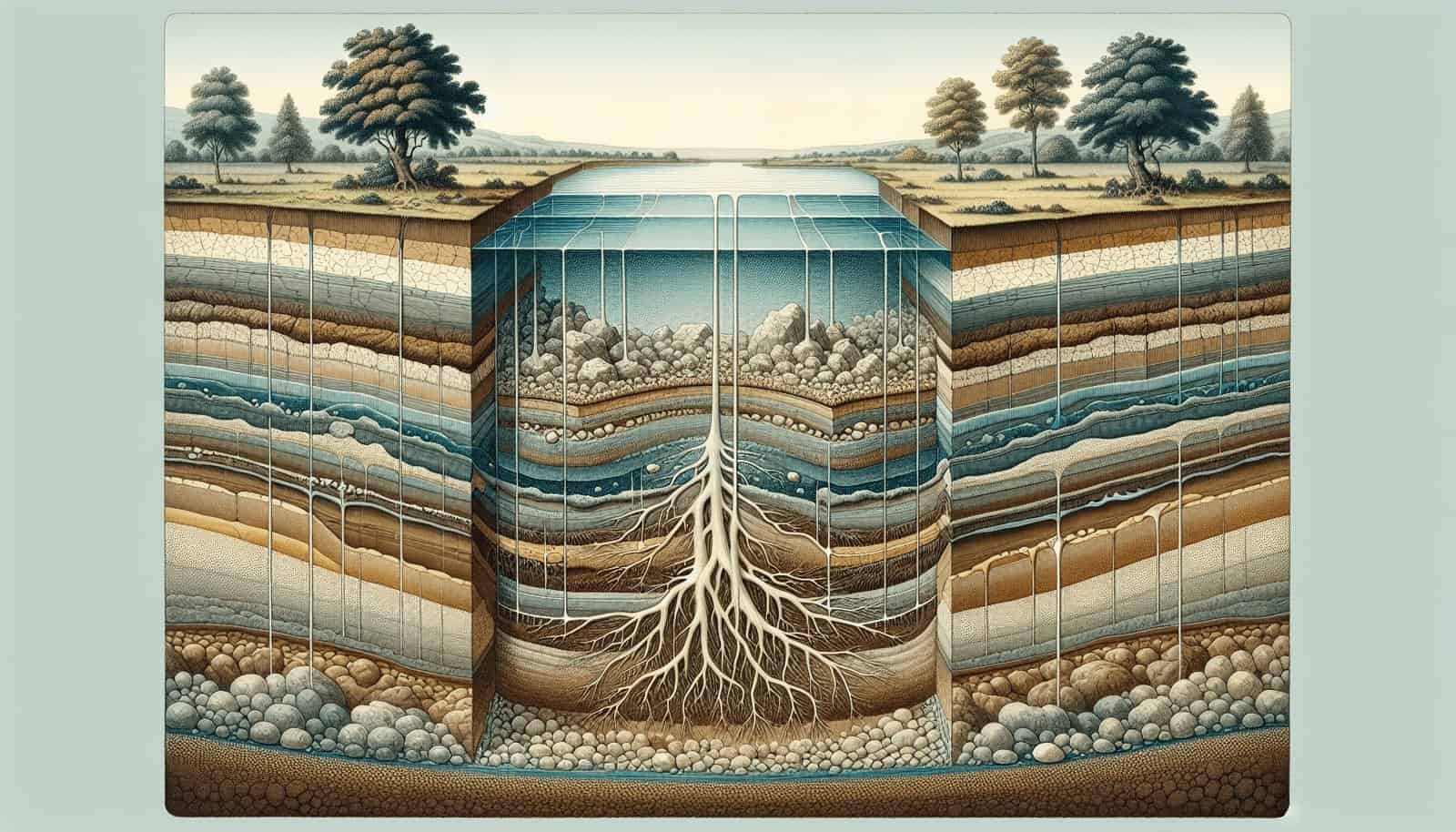Have you ever wondered about the potential effects of nearby construction on your water well? It’s an important consideration, especially if you rely heavily on well water. You may find yourself contemplating the implications of such projects and what measures you might need to take to safeguard your water source. This article aims to provide you with a detailed and friendly overview of how nearby construction may impact your well, and what steps you can take to protect your valuable resource.
Understanding the Basics: How Wells Work
Before we delve into the impact of construction, it’s important to revisit how wells function. Essentially, a well is an excavation or structured opening in the ground created to access groundwater within underground aquifers. Here’s a simplified explanation to make sure we’re on the same page.
Types of Wells
There are generally three types of wells: dug, driven, and drilled. Dug wells are typically shallow, constructed by hand, and lined with stones or bricks. They may be affected more easily due to their depth. Driven wells are a bit deeper, constructed by driving pipes into the ground until water is reached. Drilled wells are the deepest and most common type today, utilizing sophisticated equipment to reach aquifers far below the earth’s surface.
Aquifers: Nature’s Reservoir
Aquifers are layers of permeable rock or sediment that hold water. They can be confined or unconfined. Confined aquifers are trapped between layers of less permeable material, while unconfined aquifers are closer to the surface and more directly affected by surface conditions. Understanding the type of aquifer your well taps into can help you assess its vulnerability to construction activities.

How Does Construction Affect Your Well?
It might seem surprising, but construction in your area can have significant consequences on your well water. Whether it’s a new housing development, a road project, or something else altogether, changes in your environment can influence everything from water quantity to quality. Let’s break down these impacts further.
Water Levels and Supply
Construction activities often require substantial water usage, potentially drawing from the same aquifer as your well. This can result in a decrease in groundwater levels, affecting the availability of water from your well. Monitoring your well’s water level, especially during large projects, can give you an early warning of issues.
Contamination Risks
With construction comes the risk of contamination. Soil movement, the use of chemicals, or improperly disposed of construction materials can introduce pollutants into the ground. If these contaminants enter the aquifer, your well water could become unsafe to use. Regular water quality testing can help identify any concerns early on.
Changes in Ground Stability
The stability of the ground around your well is crucial. Construction activities can cause vibrations or structural changes, impacting the walls and structure of your well. This can lead to issues like well casing damage or, in severe cases, the collapse of older wells.

Steps You Can Take to Protect Your Well
Understanding potential impacts is one thing, but knowing how to protect your well is another. Proactive measures can help safeguard your water supply from the effects of nearby construction.
Communicate with Developers
One of the first steps is reaching out to those leading the construction. Inform them of your well and discuss any measures they might take to minimize risks like vibrations, contamination, or excessive water use. Often, they will be open to ensuring their plans don’t negatively impact local resources.
Regular Testing and Monitoring
Your best defense is regular testing of your water quality and monitoring of water levels. Setting up a schedule for periodic testing can help you spot changes early and take action before problems escalate. This can involve hiring professionals or using self-testing kits specifically designed for wells.
Invest in Well Protection Measures
Consider installing barriers or additional casing around your well. These protective installations can help mitigate any vibrations or physical impacts from nearby construction. Keep the area around your well clean and free from potential contaminants and ensure it’s clearly marked to avoid any accidental damage during construction activities.

The Financial Aspect: Cost of Plugging and Abandoning a Well
When it comes to wells, their impacts extend beyond construction activities. If a well is no longer viable or becomes too compromised, it might need to be plugged and abandoned. Understanding the associated costs is crucial so you’re prepared if this situation arises.
Typical Costs Involved
The cost of plugging and abandoning a well can vary significantly based on factors like the depth of the well, local regulations, and the method used. On average, you might spend anywhere from $500 to several thousand dollars. Landscape restoration after the well is closed can also add to costs.
Factors Influencing Costs
- Depth and Type of Well: Deeper wells may require more equipment and time to effectively seal.
- Local Regulations: Compliance with local guidelines can affect both process and expense.
- Condition of the Well: If there are structural issues or contaminants present, additional steps may be required.
Preventative Measures to Avoid Abandonment
It pays to invest in the maintenance of your well, potentially staving off the need to plug and abandon it. Regular inspections, addressing any minor repairs quickly, and staying informed about nearby construction projects can extend the life of your well.

Conclusion: Being Proactive with Your Well
Living near a construction site doesn’t necessarily spell doom for your well. By understanding the potential impacts and taking proactive steps, you can protect your water source and avoid problems before they arise. Being informed is half the battle. With regular monitoring, communication, and maintenance, your well can continue to serve you effectively even amid changes in your environment.
Remember, while nearby construction projects are often beyond your control, how you manage and protect your well is firmly within your hands. Stay proactive, informed, and connected with professionals in the field, and your well can remain a reliable resource for years to come.


